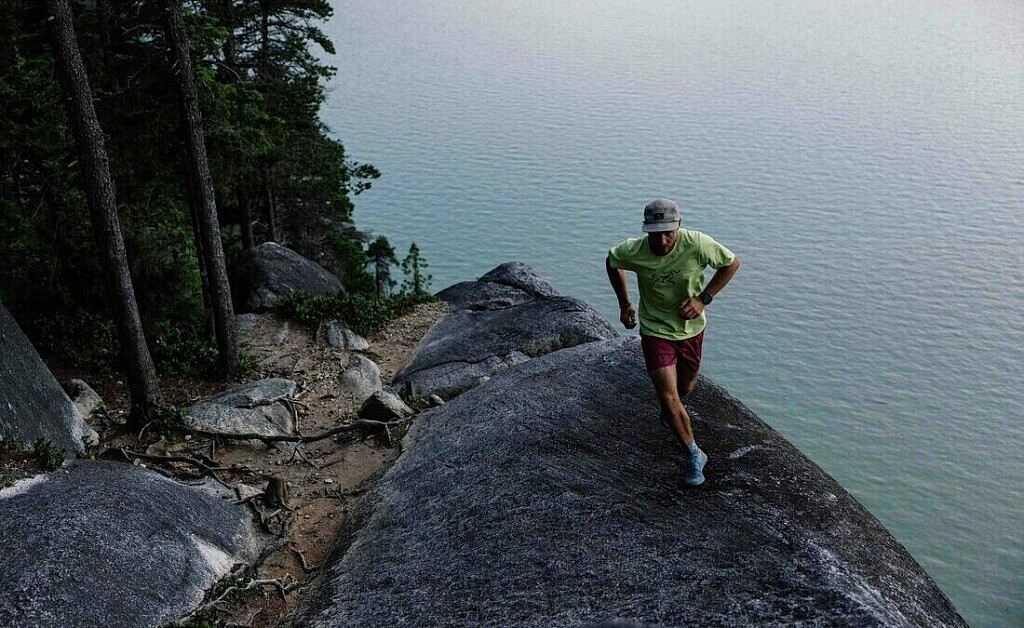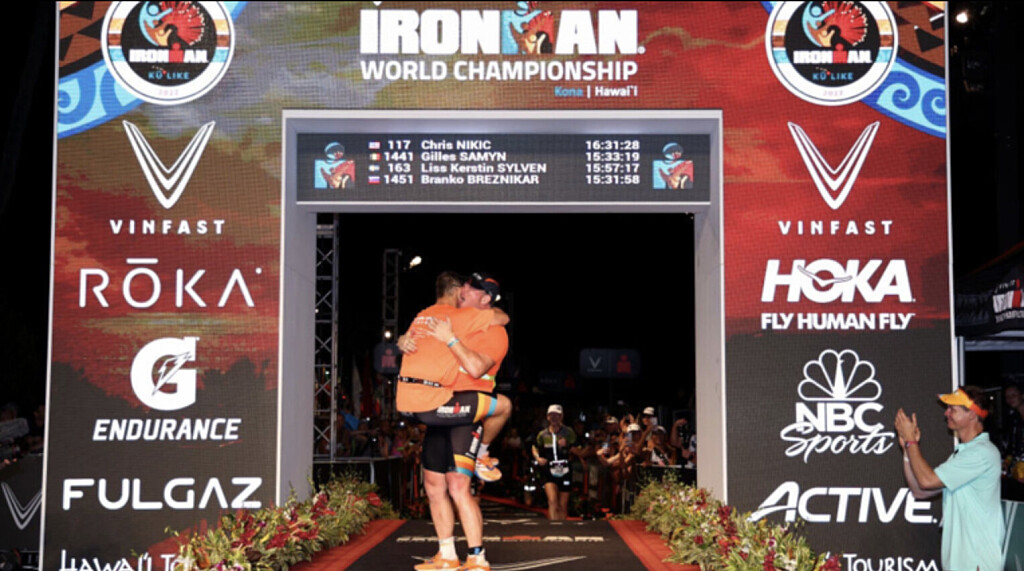Running News Daily
Running News Daily is edited by Bob Anderson. Send your news items to bob@mybestruns.com Advertising opportunities available. Train the Kenyan Way at KATA Kenya and Portugal owned and operated by Bob Anderson. Be sure to catch our movie A Long Run the movie KATA Running Camps and KATA Potato Farms - 31 now open in Kenya! https://kata.ke/
Index to Daily Posts · Sign Up For Updates · Run The World Feed
Articles tagged #Mark Allen
Today's Running News
Why running ‘super shoes’ might not be so super for triathlons
Technology might be helping Patrick Lange's rivals more than it helps him, says triathlon legend Mark Allen.
Elite triathletes are running faster and faster every year – in no small part to the technology at their disposal – and that includes those much-hyped ‘super shoes’.
But ironically the ever-advancing plate-enhanced footwear on offer may be giving the sport’s fastest ever marathon runner more trouble than they are worth, according to six-time IRONMAN World Champion Mark Allen.
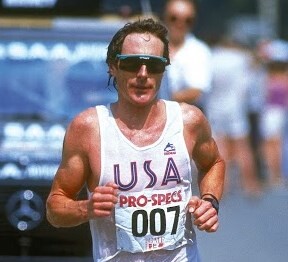
Germany’s Patrick Lange, two-time Kona champion himself, has made a career out of running down the opposition at the end of a brutal 140.6-mile race. Quite simply, nobody has ever been faster.
Twice Lange has come agonisingly close to running the sport’s first ever sub-2:30 marathon, clocking 2:30:27 at Challenge Roth in 2023 and 2:30:32 at IRONMAN Israel in 2022. Undoubtedly helped to an extent by ‘super shoes’.
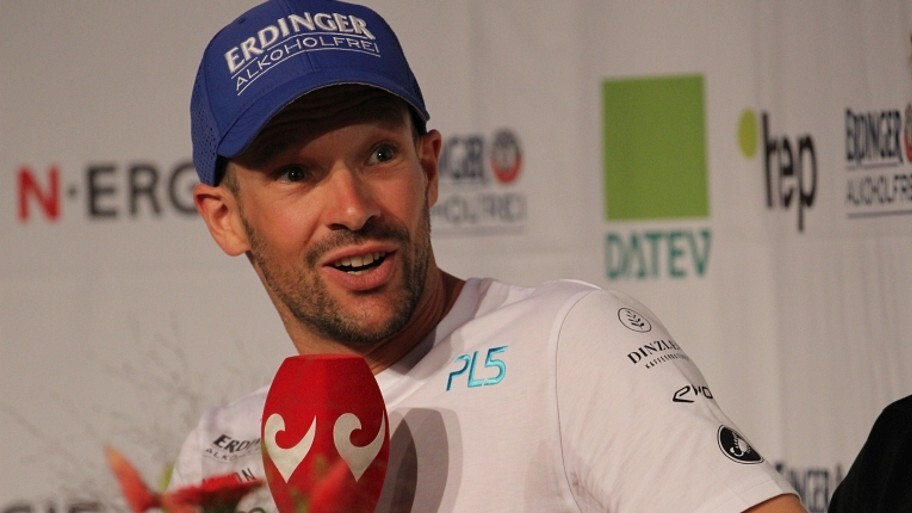
But Allen’s hunch is that those shoes are actually helping Lange’s rivals even more, allowing them to blunt his opportunity to run them down in the closing stages. He explained his rationale when speaking to TRI247 in the countdown to the upcoming 2024 IRONMAN World Championship in Kona.
Mark Allen on Lange
“The interesting thing in my opinion – I think the super shoes have helped some of the less talented runners more than the talented runners. It’s almost like when you throw on a wetsuit, that helps the less talented swimmer more than the talented swimmer.
“Just looking at some of the splits of guys compared to what they maybe had done in the past, it helped Patrick for sure I would say – some of the times he’s been running are phenomenal – but I think it’s helped guys who are maybe a little bit slower running, more than him. Which when it comes to first, second or third, makes it a little more difficult for a really good runner.
“So don’t count him out [in Kona], but also, unless the dynamic is just right and he can feed off the train of a pack, I think it will be hard for him to be top three.”
Despite Allen’s fears about how the race dynamic will impact Lange’s hopes of a third title in Hawaii on October 26, he does believe the German is in peak form coming into the race.
Patrick is peaking for Kona 2024
“A number of people, when I was in Nice for the IRONMAN World Championship, were saying they think he’s actually gonna have a really good race in Kona this year. The underground guys who are keeping track of him, who are there, seeing what he’s doing, knowing what he’s doing, knowing how he’s raced and all that.
“Even if he doesn’t have a win or a top three, I think he’s got that desire to go sub 2:30 on the marathon. So even if he doesn’t win, maybe we’re gonna see a sub 2:30 marathon, which would be kind of like one of those 27-year split times that stays on the record books for quite a while.”
by Graham Shaw
Login to leave a comment
Canadian ultrarunner Adam Campbell’s tips for returning to running after injury
Alberta’s Adam Campbell has been a professional endurance athlete for more than 25 years. These days Campbell enjoys exploring his limits in beautiful places. Over his decades of experience, Campbell has dealt with numerous injuries, from overuse niggles to life-threatening trauma.
During periods of injury, Campbell says he shifts his focus to trying to get back to doing the things he loves as quickly as possible, without compromising the recovery process. Here are his tips for returning to running after an injury.
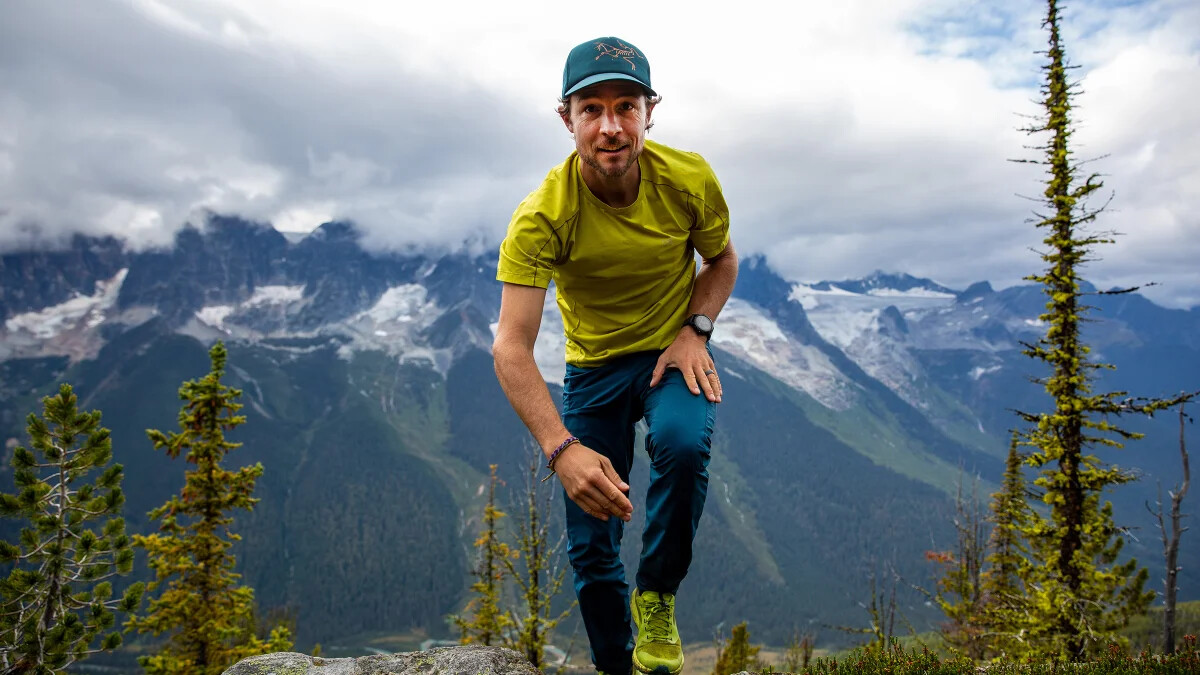
Don’t “test” the injury
Make sure you are in fact OK to run, rather than heading out to see if your injury has healed yet. “The best bit of advice I’ve heard was from the legendary [triathlete] Mark Allen: ‘When you feel better, wait a day.’ It is sound, long-term advice.”
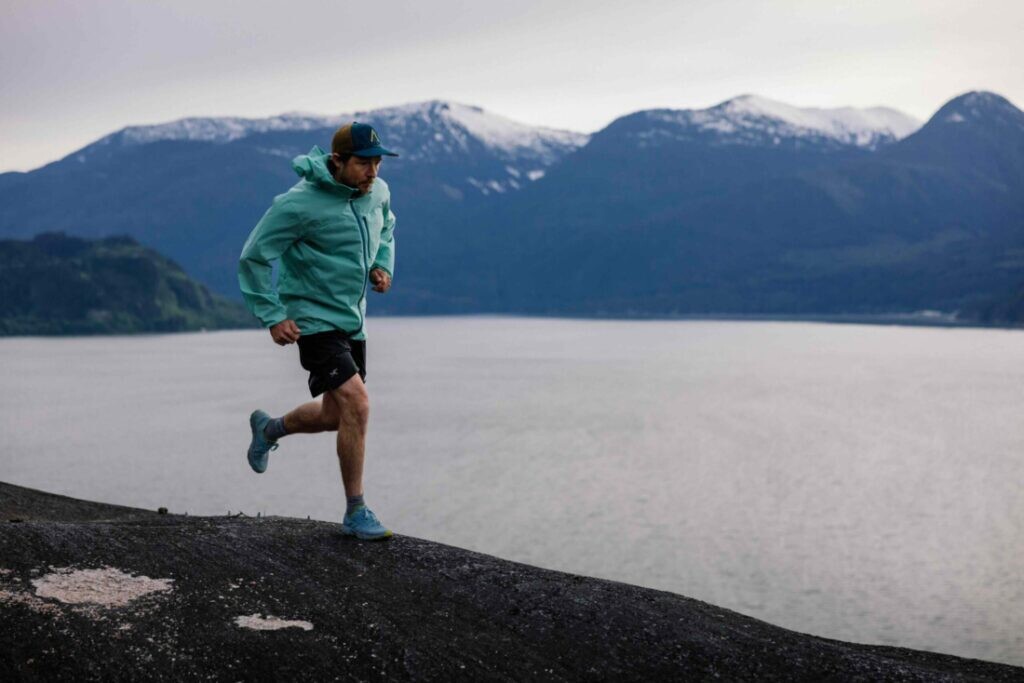
Have a return-to-run plan, and stick to it
Follow your return-to-run plan, even if you’re tempted to add more to your training schedule. Campbell suggests supplementing with complementary non/low impact aerobic work, if you must. The point here is not to build fitness, it’s to regain your ability to run pain-free, correct imbalances and avoid compensation injuries. From that you can build back your ability to train.
Do your first few runs back in a controlled environment (and solo)
A treadmill, a track or a grass field are great options so that you can stop or return home immediately if things start to act up. “Don’t run with a group, where you may feel pressure to run at a certain pace or distance,” suggests Campbell. A coach or physiotherapist watching you is fine.
Don’t run with ear pods
Running with no distractions helps you to tune in to your body, which is important when you have taken some time off. Campbell explains that running may feel weird at first. “Try to visualize good form, and run that way,” he suggests. “At the same time, don’t analyze your body into a state of creating or holding onto injuries. Bad neural connections can form when we are afraid of getting injured again.” Campbell suggests filming yourself running, and analyzing the video with your support network.
Warm up properly
Campbell suggests some easy running paired with active mobility to make sure your body is limbered up before you start your run. “Think about good form, and stick to your plan,” he says. Walk breaks are a good option if needed. “Walk/runs are great ways of getting back into running,” Campbell says.
Post-run, be honest with yourself about how it went. “If things still feel off, take more time off running,” Cambell suggests. If things do go well, Campbell recommends building back progressively. “Don’t jump back into your pre-injury miles or paces; work your way back up to them.”
Stay diligent with a rehab and prehab routine
“Don’t get lazy with that, just because things feel better,” Campbell says. Keep doing what helped you heal your injury as you move forward through the return-to-run process.
by Keeley Milne
Login to leave a comment
Chris Nikic Becomes the First Athlete with Down Syndrome to Finish the Ironman World Championship
With his mantra of 1% better every day, Chris Nikic continues to change the perception of what is possible. Crossing the finish line at the Ironman World Championships adds his name to the history books and cements his legacy as a pioneer in the sport.
Like every other competitor in Thursday’s Ironman World Championship in Kailua-Kona, Hawaii, Chris Nikic had moments when he struggled mightily.
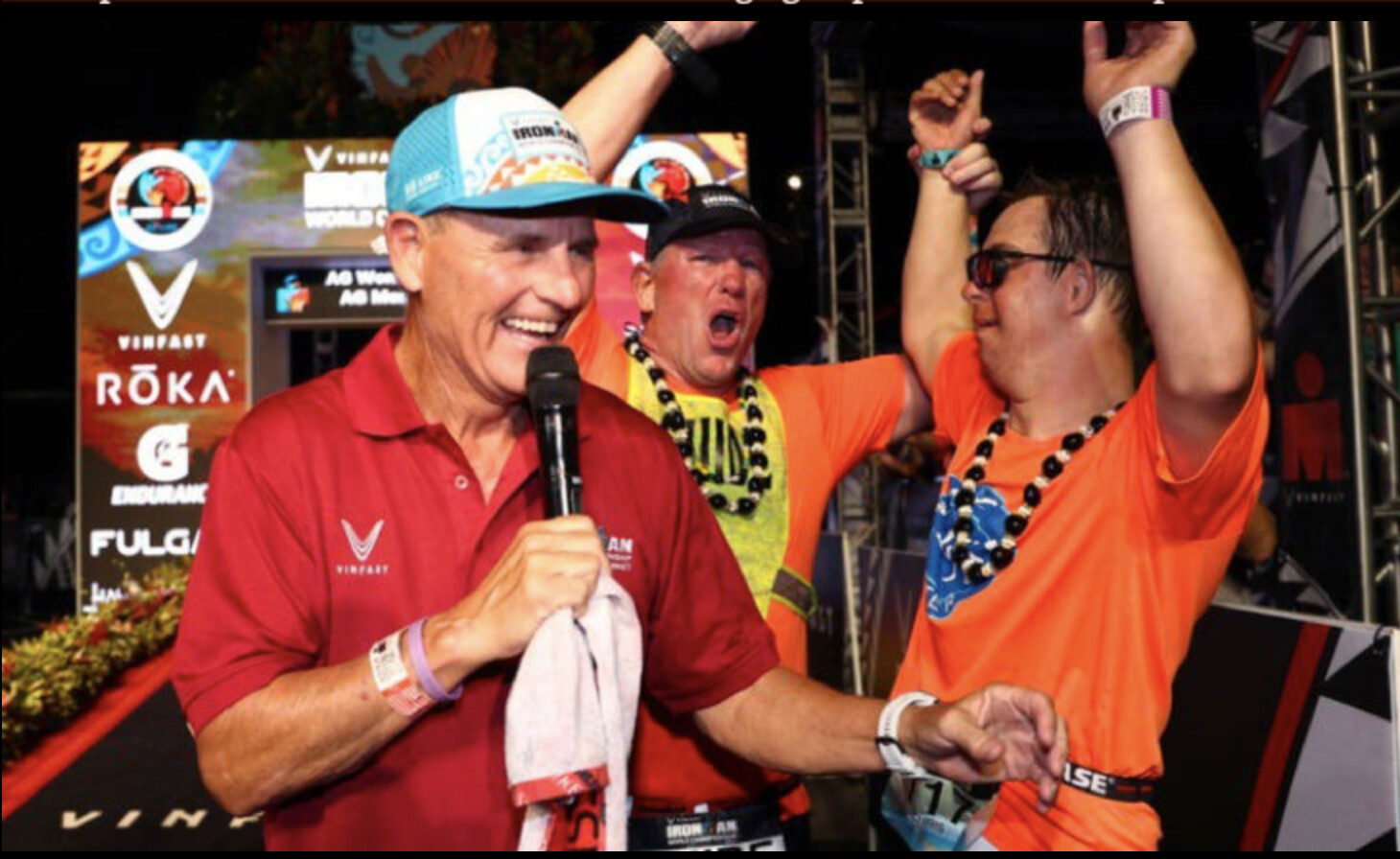
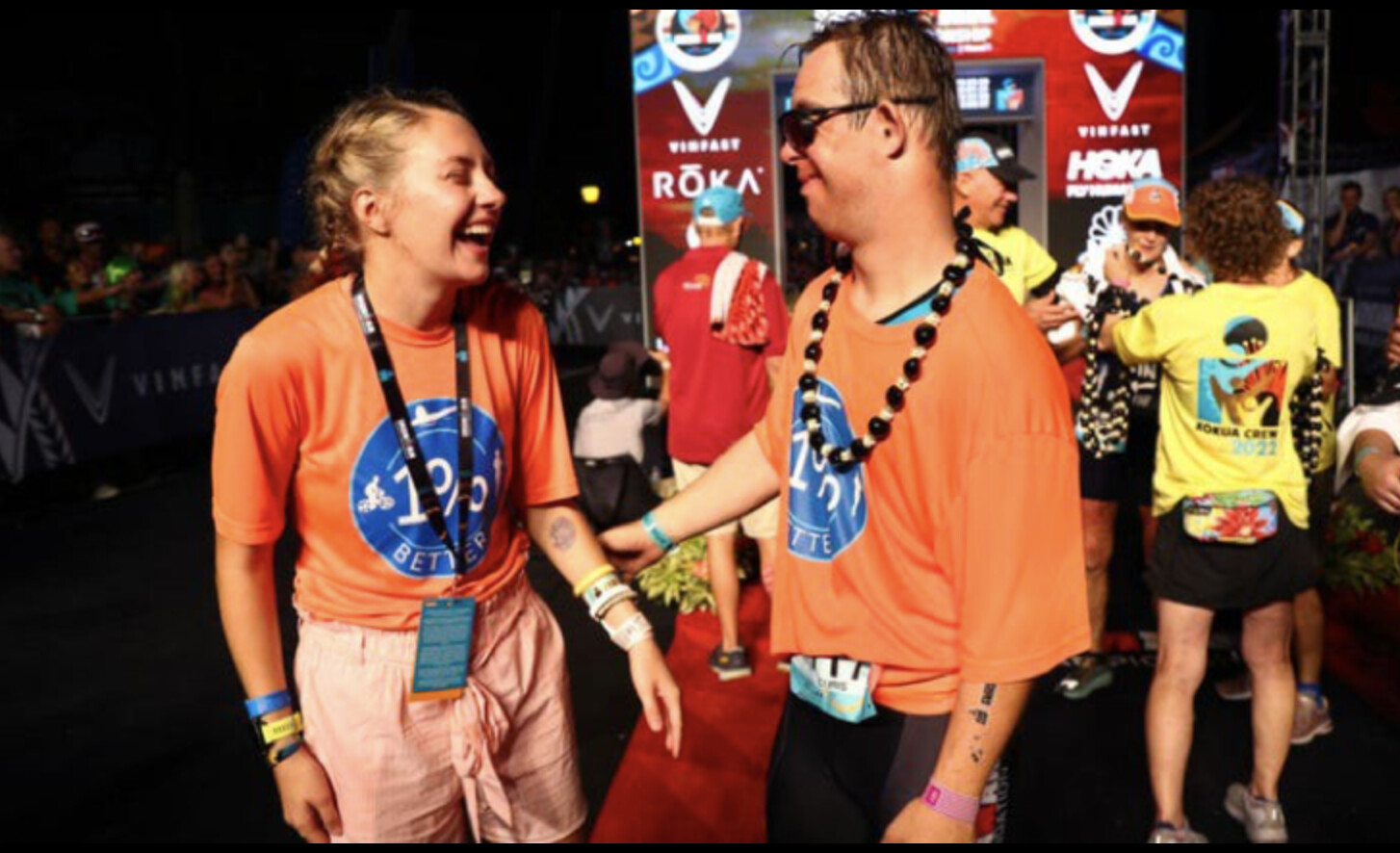
Completing a triathlon that includes a 2.4-mile swim, a 112-mile bike ride, and a 26.2-mile run is no easy task for anyone. It’s especially difficult when mid-afternoon temperatures top 90 degrees, the humidity is a muggy 85 percent, and it feels like you’re breathing through a straw. But Nikic is a unique kind of athlete, fueled by an enormous amount of determination, purpose, and the belief that anything is possible.
Late last night, after battling fatigue, dehydration, heat, wind, and moments of self-doubt, the special needs athlete from Florida became the first individual with Down syndrome to finish the 140.6-mile world championship race in Hawaii.
With help of his volunteer guide, Dan Grieb, Nikic completed the race in 16 hours, 31 minutes and 27 seconds, finishing to a cascade of cheering fans, many of whom returned to the finish line long after Chelsea Sodaro won the women’s professional race in 8:33:46. Sodaro made sure to be there, too, alongside Ironman legend Mark Allen, a six-time winner of the race, to experience the heart-warming, tear-inducing moment.
When Nikic crossed the finish line, he jumped into the arms of Grieb, who was at his side the entire way. They were tethered together on the open-water swim, in the choppy water of the Pacific Ocean. They rode side-by-side on the hot and windy bike course from Kona out to the remote town of Hawi and back along the Queen Ka’ahumanu Highway. They jogged and walked stride-for-stride on the 26.2-mile out-and-back course, to the Natural Energy Laboratory and back, to the seaside finish, a stone’s throw from where it all began.
Amid the crowd’s roar and Led Zeppelin’s “Whole Lotta Love” blaring on the sound system, Nikic marveled in the moment as he saw his finish time posed on a digital display board and then was greeted by his girlfriend Adrienne Bunn, his dad, Nik, and numerous other family members and supporters. All of this was an incredible way to celebrate his 23rd birthday, which Nikic did by not only finishing the grueling race, but by stunning the already weepy fans by presenting Bunn, a Special Olympics triathlete, with a promise ring.
It was an amazing finish to a challenging day that began at 6:27 a.m. local time and finished at 10:58 p.m. Given the harsh conditions, Nikic’s splits were impressive — 1:42 for the swim, 8:05 for the bike, and 6:29 for the run. He finished 2,265th place out of 2,314 competitors on the day, but at the finish line late Thursday night, he was No. 1 in everyone’s heart.
“This is something that changes perceptions for every parent worldwide with children with Down syndrome,” said longtime Ironman finish-line announcer, Mike Reilly. “Now they all know one thing for sure – anything is possible.”
Nikic’s resounding effort was one of the biggest highlights for the first Ironman World Championship, as it returned to Kona for the first time since 2019. The championship race was postponed in 2020 and again in 2021 because of COVID-19, and eventually the 2021 race was moved to St. George, Utah, last spring.
Other age-group highlights included 78-year-old Cherie Gruenfeld of Cathedral City, California, winning her 14th Ironman age-group world title in 16:20:07, and the 17:58 finish of Team James — 57-year-old Beth James, of Crested Butte, Colorado — who towed and pushed her 26-year-old daughter, Liza James, who suffered a traumatic brain injury in a 2004 car accident that rendered her nonverbal and unable to walk.
Because of so many backlogged qualifiers, the race was split into two days this year, with professional women and age-group women racing on Thursday, along with physically challenged athletes, hand-cycle competitors, and competitors from several men’s age-group divisions. The men’s pro race and the remainder of the men’s age-group divisions will compete on October 8.
Although he had been involved in a lot of sports growing up, Nikic’s triathlon journey started four years ago with a much shorter triathlon at the Special Olympics event in Florida. When that went well, he and his dad focused on something bigger, something they knew could change his life. He knew that if he could do big things, maybe one day he would be able to fulfill his ultimate dream of living independently, getting married, and having a family of his own.
Nikic has parlayed his triathlon success into his 1% Better Foundation as a platform to show what is truly possible, a foray into motivational speaking as a means to help others with Down syndrome. He and Grieb both competed in the race wearing bright orange 1% Better shirts.
“I want to be an example for other people with Down syndrome. I want to open doors,” Nikic said previously. “And I want to raise awareness. Anyone who sees people with Down syndrome: don’t look away or walk away.
In 2020, at age 21, he became the first person with Down syndrome to finish an Ironman triathlon. For this accomplishment, Nikic was awarded the Jimmy V Award for Perseverance as part of the 2021 ESPY Awards.
After that race, he was invited to participate in the 45th Ironman World Championship in Hawaii. To prepare, Nikic had been training three to four hours a day, six days a week, including strength training and yoga. It’s not an easy thing to do for anyone, but especially for Nikic, who suffers from reduced muscle tension (muscular hypotonia).
But Nikic has been overcoming obstacles his entire life. Nikic was born with several birth defects that affected his heart function, hearing, and balance, requiring several serious surgeries. According to the Centers for Disease Control, Down syndrome is a condition in which a baby is born with an extra copy of a chromosome. That changes how an infant’s body and brain develop, which can cause both chronic mental and physical challenges for the individual.
At 5 months old, Nikic endured open-heart surgery. He was so weak and had such poor balance that he did not walk on his own until he was 4. To keep him from choking, his family fed him baby food until he was 6. When he finally learned to run, it took him months to discover how to swing his arms at his side, instead of holding them straight above his head. It was a long journey from a challenging boyhood to the Ironman World Championship, but Nikic has always been up to the challenge.
“The second Nikic gets in the water for the start of the race, people all over the world with intellectual disabilities have won and become part of the larger endurance community,” Grieb said before the race.
Login to leave a comment





